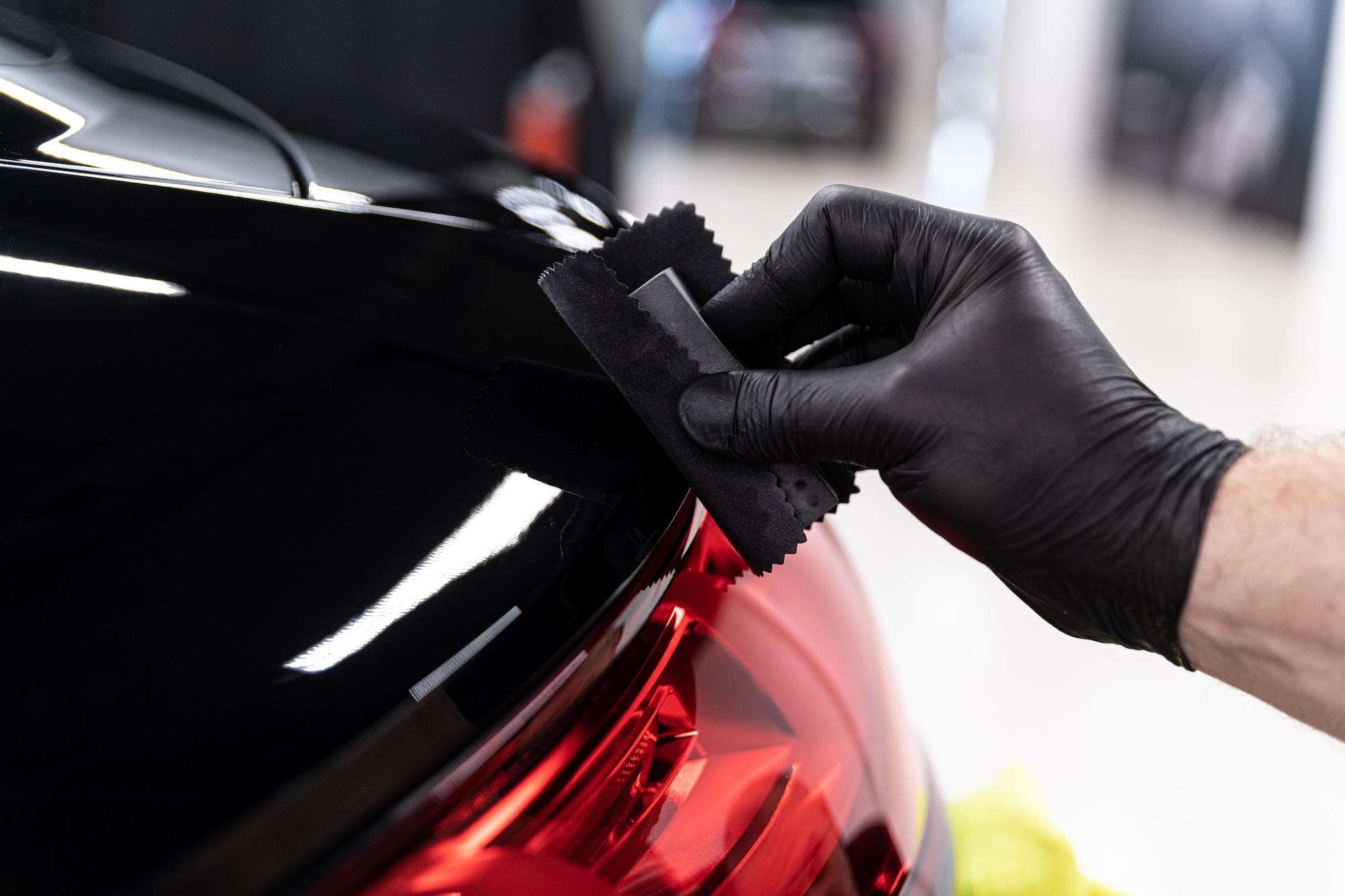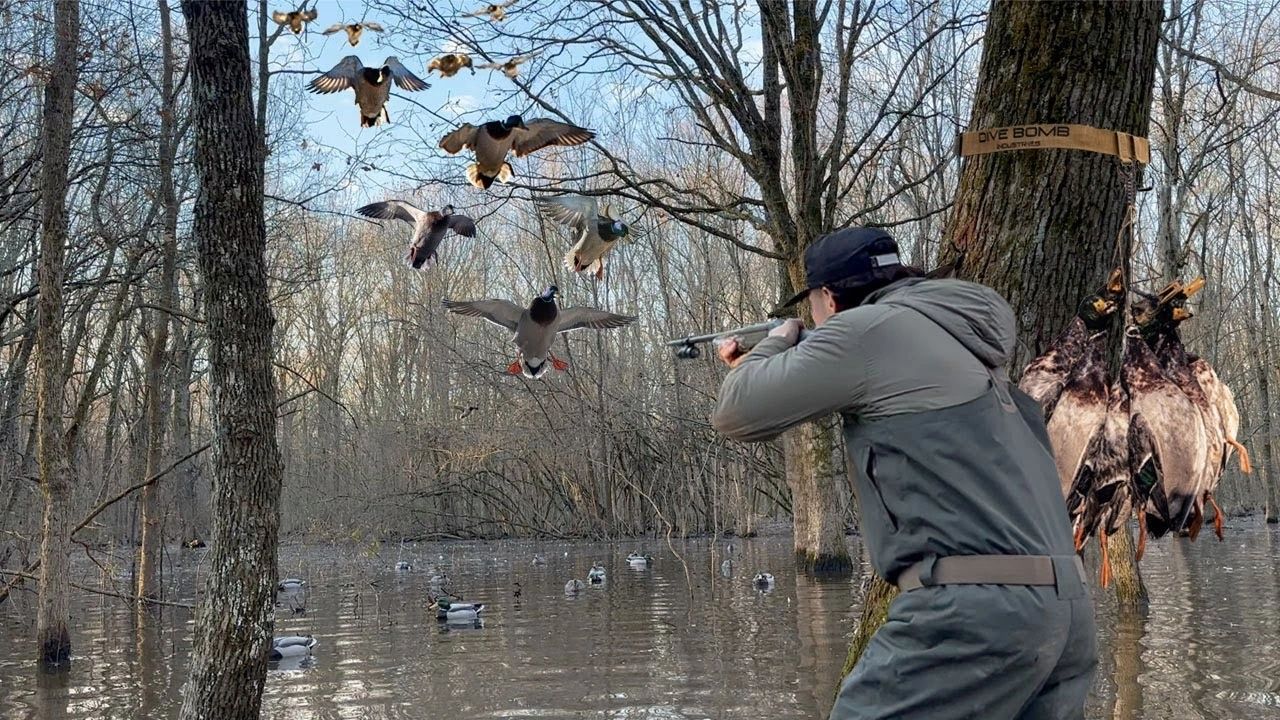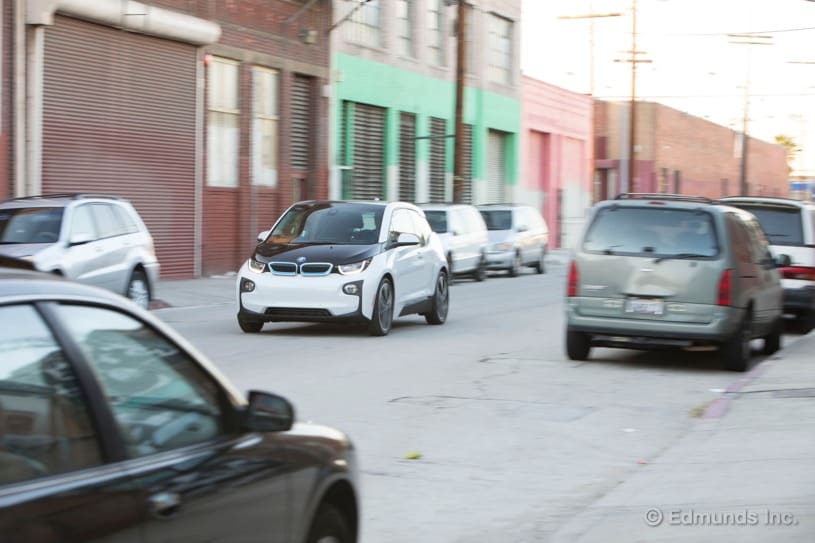With gas prices rising, D.C. cycling expert offers tips for biking
[ad_1]
A few years ago, Robinson turned his passion for cycling into a full-time job with the Washington Area Bicyclist Association, where he oversees the organization’s bike ambassador program.
WABA’s bike ambassadors are riders who help to promote cycling in the D.C. region. WABA offers resources for cyclists at all levels, including classes, workshops, tips on what equipment to buy and dozens of online tutorials. Robinson spoke to The Washington Post about how to get started and stay safe when cycling in the D.C. area. The interview was lightly edited for length and clarity.
Q: Was it intimidating when you started riding in D.C.?
A: It was hard getting used to biking in D.C., because I had always biked in Maryland, where I always rode in a park or somewhere that was closed to traffic. I wasn’t used to biking in traffic a lot, but I got used to it fairly quickly. Coming from where I am in Prince George’s County and going over into D.C., I actually had dedicated spaces to ride versus having to ride on the sidewalk or in traffic at times. It definitely took some time getting used to, but I definitely would call myself a confident rider.
Q: How long do you think it took you to become a confident rider in D.C.?
A: It took me a few months, and I was persistent. I would often, of course, ride to work. But then, instead of after work going straight home, I would explore the streets of D.C. It definitely was challenging. I started working with WABA, and they gave me a lot of good tips. A lot of people that had been biking in the area also shared some helpful knowledge.
Q: What is it you love about biking?
A: I really enjoy being outdoors. [With biking] you really get to feel the breeze on your face and experience all of that open air. I love it. You are really seeing things because you aren’t trapped in a vehicle.
A: I do own a car, but I leave it parked most of the time, especially now with gas prices. I only use it if I’m doing family events or other things, but for the most part my car is parked during the week and I am biking most of the time.
Q: Do you have tips for people who are just starting out riding?
A: Start in your neighborhood. Start in smaller places or on trails and then work your way up to riding in traffic or using bike lanes. I think riding on trails and in residential areas makes folks feel a little safer if they’re not confident with biking on the road or biking in traffic. In my experience, learning in places that are closed to traffic allows you to be a better rider when you are actually ready to get out there. Get to know your bike. Learn how the gears work and learn your brakes.
Q: Are there basic items that are good to have when you are starting out?
A: One of the essential tools is a light, because you never know when you are going to get caught riding in the dark. You want to make sure that drivers see you, so we recommend having front and rear lights, generally a white light and a red rear light, and you can pair them with reflectors. You can find [reflectors] as attachments that go directly on your bike or attachments for your body. There are reflective vests or reflective bands that attach to your leg. An
d a bike lock, because you never know when you’re going to need to lock up your bike and maybe come back for it later.
Q: What are some tips for riding in traffic?
A: Remember that you should be following the rules of the road. That means stopping at all stop signs and red lights, using your hand signals so that the folks around you know what your next move is about to be. You can use hand signals, but you can also verbalize this, as well. I know when I’m out riding I indicate where I am going by yelling out or using my hand signals so the folks around me know where my next move is going to be. Keeping an eye out on road hazards, as well, is another thing. Be vigilant, look ahead and make sure there are no cars or any objects that might slow you down.
Q: For those who’d like to take it a step further, do you have tips for commuting by bike?
A: Yes, I think the first step of bike commuting is planning a route: figuring out where you’re going and test-riding that route. There may be a few different roads or places to go to get to your destination, so try them out. Maybe do it on a day when you don’t have to work so you don’t have to worry about time constraints. I bike to Metro, so that’s an option — they can bike and ride Metro so they don’t have to bike all the way.
Q: Are there other things to think about?
A: Bring a change of clothes, maybe something to quickly wash up with if possible. You can even leave some of your items at your workplace so you don’t have to ride with them. Having a change of clothes or something to freshen up and wear is very helpful, especially if you are commuting in the warmer months.
Q: Are there other items that are good to have if you are biking to work?
A: When commuting, I find that having a bag of some sort is useful. Other things I like to take with me on my ride — plenty of water and a portable charger. There are some essential tools that I keep on hand — a patch kit with all the tools that you need to fix your flat. Also know there are a lot of bike shops that are around to help you out if you are not comfortable [fixing] it on your own.
Q: Do you have thoughts on how to encourage diverse communities to take advantage of biking as exercise and potentially when commuting?
A: Utilizing the resources that are around, so even if you don’t have your own bike there, there are bike rentals or places where you can use Capital Bikeshare to get around. There are a number of different cycling clubs that actually started during the pandemic. If you’re not comfortable riding by yourself and looking for groups or other people that have like-minded interests or come from similar backgrounds, try looking into some of the cycling clubs that are in the area.
Q: Can you talk about your work as a bike ambassador?
A: I coordinate a lot of our in-person and virtual events. We’re a mobile information hub, meaning that we can provide resources or can answer your questions. If you are intimidated, we can offer resources to point you in the right direction, depending on your comfort level. If you have questions about being a confident rider, we would direct you to maybe join the class that talks about that or walks you through being a confident rider and riding in traffic. Lately, I’ve been doing a lot of webinars which are aimed toward new bikers to teach them basic bike maintenance and tips for riding on trails and in traffic.
[ad_2]
Source link








